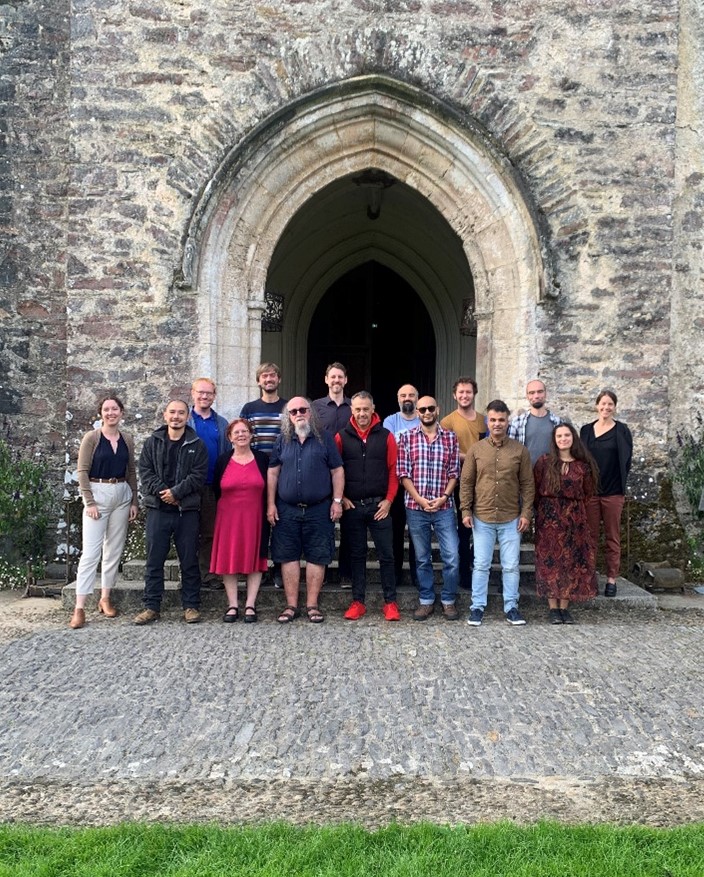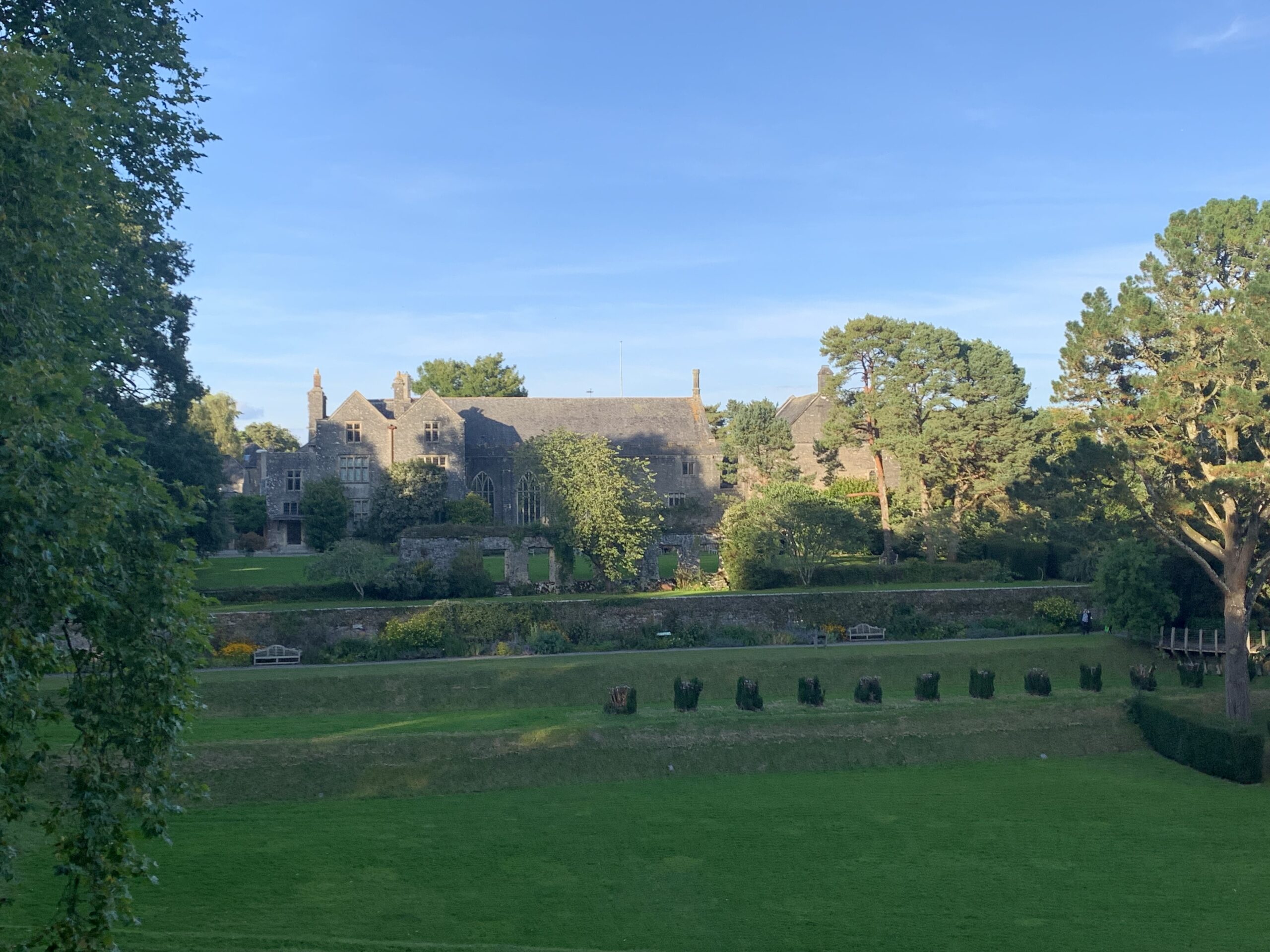On the 16th of September the Leverhulme Centre for Wildfires, Society and the Environment hosted a number of international visitors at Dartington Hall for a brainstorming session on global fire modelling. The meeting was organised by two of the SPECIAL research team, PI Sandy Harrison and PDRA Olivia Haas. The aim of the meeting was to address the question, ‘What does the next generation of fire models look like?’.
The meeting was three days with day one allocated towards presentations from the attendees, day two focused on break out groups, and day three consisted of a plenary session and wrap-up session.
Presentations from the attendees highlighted not only the diverse set of knowledge the group possessed, but also the wide range of data and capabilities that could help assist in building a new fire model. The presentations were opened by Sandy to introduce us to the current state of fire models, their benefits, and shortfalls. Some highlights from day one included Stijn Hantson’s overview of FireMIP and Simon Bowring’s presentation which provided a sneak preview of the implementation of edge effects in models. The first day was then concluded by Colin Prentice, the Leverhulme Centre Director, who provided insights on how we might create an eco-evolutionary optimality theory-based fire model.

Figure 1: The group at Dartington Hall. Backrow from left to right: Matthias Forkel (TU Dresden), Stijn Hantson (Universidad del Rosario), Matt Forrest (Senckenberg), Jose Gomez-Dans (King’s College London), Sander Veraverbeke (Vrije Universitet), Nuno Carvalhais (MPI-Jena), Turin Dickman (Los Alamos National Laboratory). Front row left to right: Sophia Cain (University of Reading), Simon Bowring (LSCE Paris), Sandy Harrison (University of Reading), Colin Prentice (Imperial College London), Florent Mouillot (IRD Montpellier), David Sandoval (Imperial College London), Dharma Sapkota (Imperial College London, Olivia Haas (University of Reading).
The breakout sessions on day two covered the topics:
- How would we treat and model vegetation properties?
- How would we treat and model management?
- How would we differentiate crown and ground fires?
- How would we incorporate peat fires?
The discussions resulted in a group consensus that more data exploration was required before these questions could be answered.
On the final day, both Olivia and Sandy chaired plenary sessions where the group focused on building a road map forward. When asked about how she felt the brainstorming session went Olivia said:
“Opportunities for brainstorming between scientists seem to be becoming increasingly rare. This meeting provided a space for researchers interested in improving our understanding and modelling of wildfires globally to come together in the same room and just let ideas flow”.
Overall, the meeting was a huge success with an informal consortium forming to continue moving forward on the ideas generated throughout the week.
The meeting was hosted at Dartington Hall courtesy of the Leverhulme Centre and you can read more about the unique location on the LEMONTREE blogpost here, or at the Hall’s official website.

Figure 2: Dartington Hall, the location of the brainstorming session.
